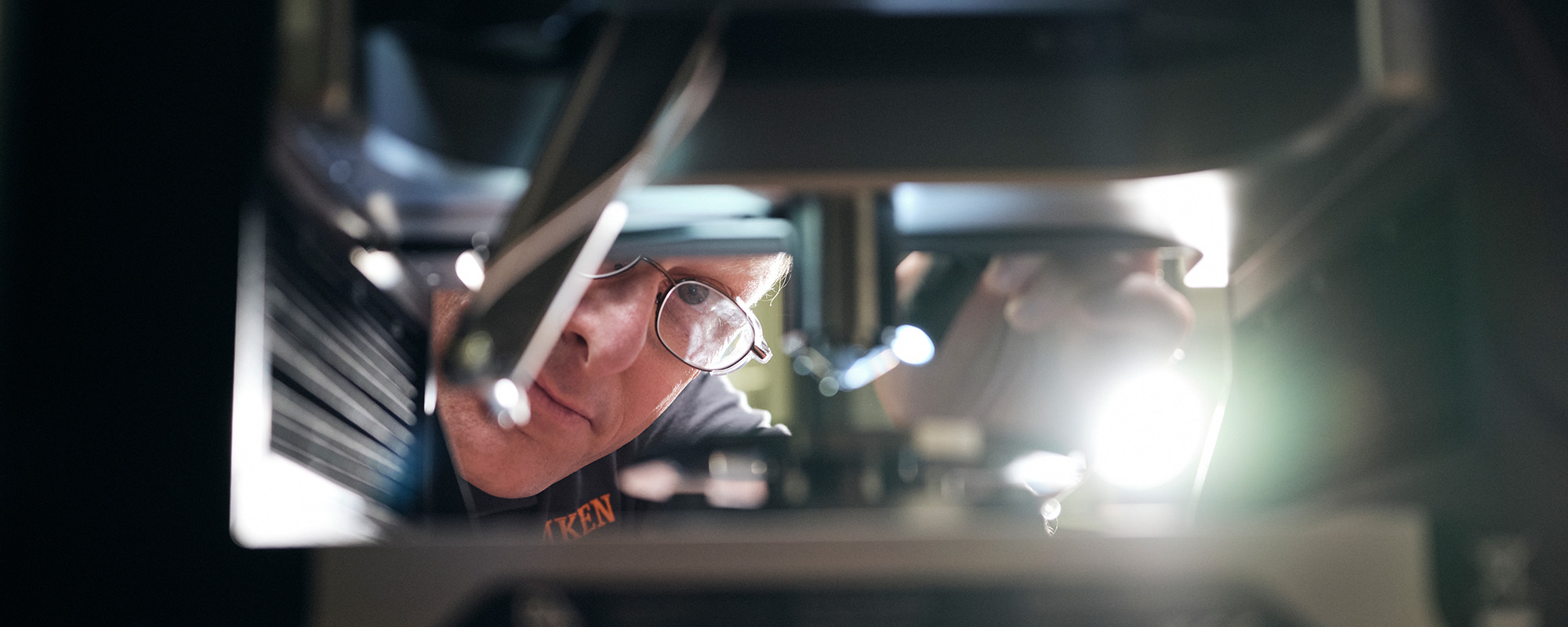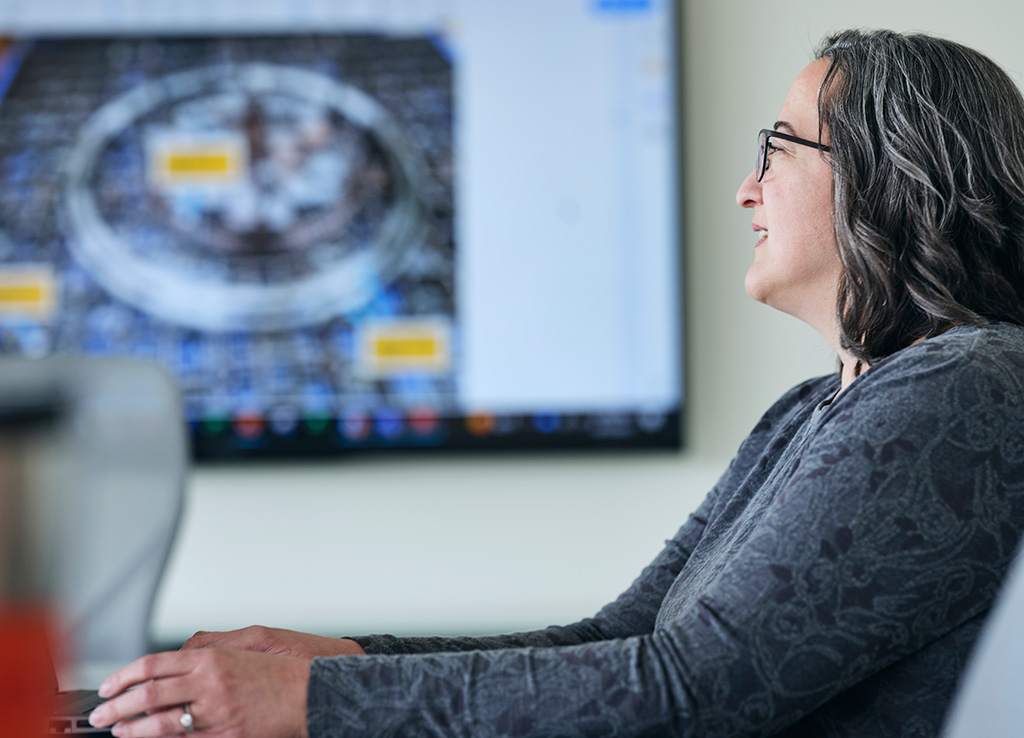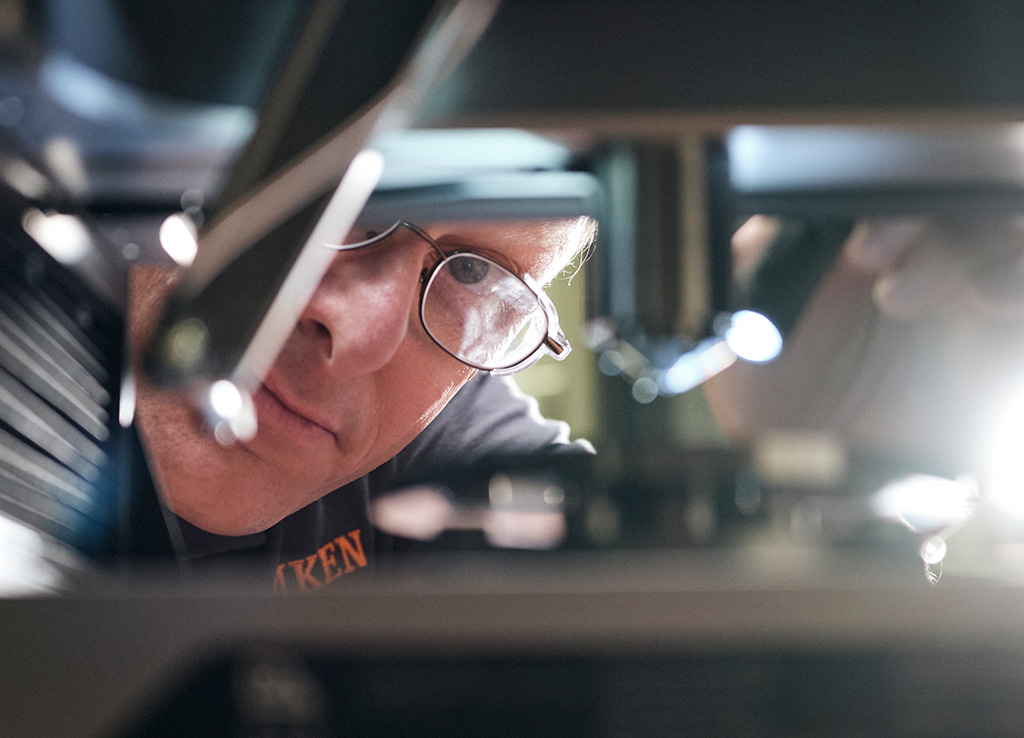Innovation
From Material Science to Nanoscience
When experts push the boundaries of science, that’s when new discoveries are made. Today’s Timken customers are getting closer to making electric flight a reality and finding new ways to harness renewable energy. Every mechanical leap forward relies on a common question: which materials can manage the demands of each novel application?
Understanding the physical and chemical behaviors of metals is essential for informing the next generation of innovation. Senior Materials Specialists Aaron Muhlenkamp and Amanda Grow discuss how metallurgical expertise is core to Timken’s industrial leadership – and its crucial role in elevating customer performance and bearing manufacturability.
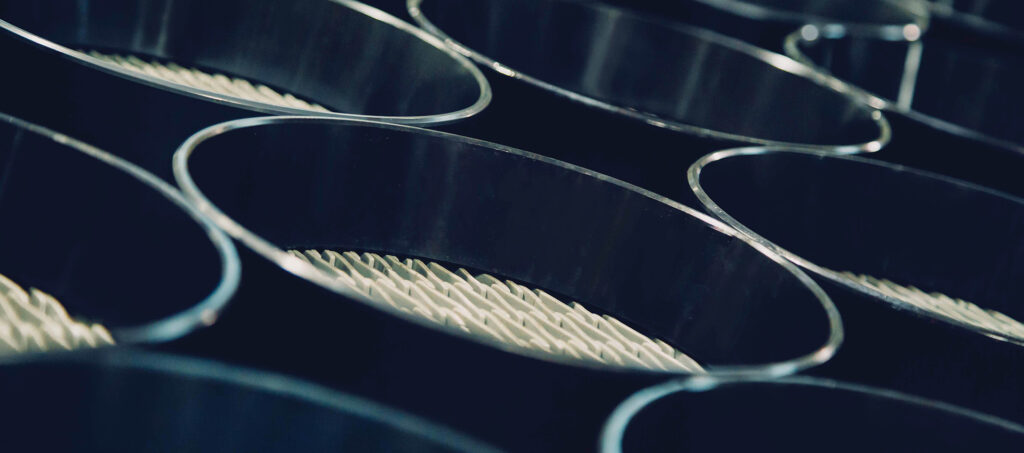
Customer-driven: metallurgy as the ultimate applied science
Sometimes science answers theoretical questions. Other times, it solves real-world problems. While the study of metallurgy does both, the goal of all Timken R&D pursuits is to make new discoveries that help overcome specific engineering challenges happening right now.
“Everything we do falls into one of two categories: performance or manufacturability,” said Aaron Muhlenkamp, a heat treatment expert and Timken’s resident bearing metallurgy trainer.
When it comes to performance, metallurgical insights inform optimal material selection based on varying application needs. Bearings that must withstand decades of extreme conditions in deep space, for instance, have very different demands than those that support an electric vehicle’s daily commute on Earth. That means each bearing requires different mechanical properties from its materials. The right properties improve the performance and efficiency of the bearing and the overall system it supports.
Muhlenkamp noted that performance demands continue to change as original equipment designers advance the capabilities of their systems. There is always a need for metallurgical research that ensures new bearings can run at higher speeds, tolerate heavier loads or manage higher temperatures.
“We have more customers approaching us saying ‘this is a normal application, but now it needs to operate 50 degrees hotter than before. How are you going to help us deal with that?’” he said. “Or we get requests to ensure an 11-foot-wide bearing can support incredible loads in offshore wind. At the end of the day, we need to get and test materials to prove what works.”
Materials that “work” for performance also must be practical for use in the manufacture of bearings. Is the material available? How will it stand up to heat treatment, machining and other manufacturing processes? Will it be cost-effective? These are all questions metallurgists consider when advising Timken engineers and customers on material selection.
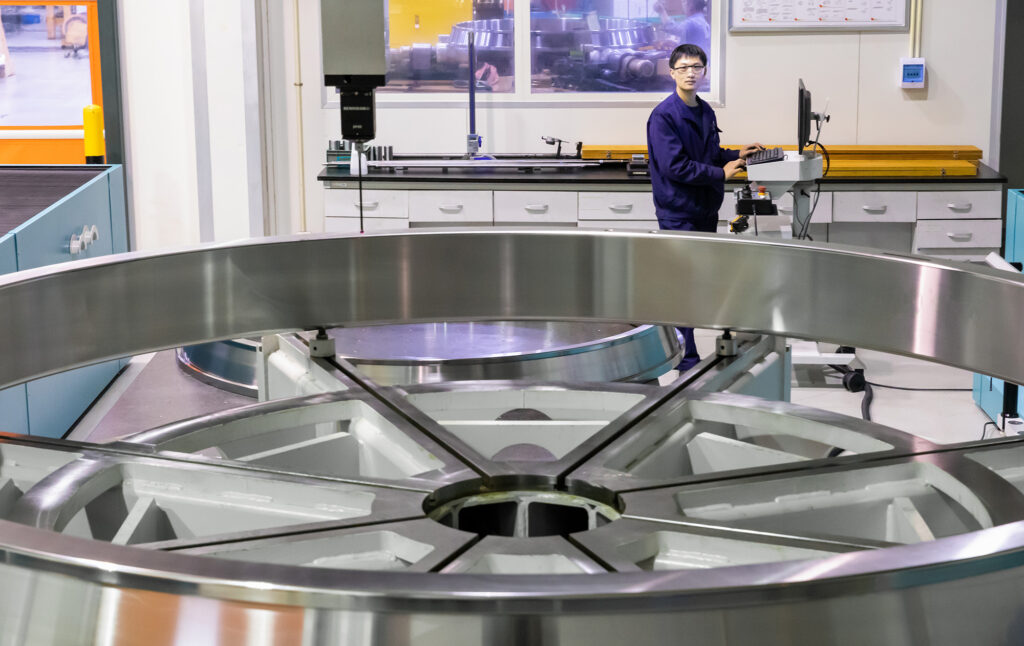
World-class research in an industrial setting
Borne from a need to qualify its steel suppliers in the early 20th century, Timken started investing in in-house metallurgy and material characterization capabilities in 1913. Today the company boasts a global team of 26 materials science experts and an impressive metallurgical lab with some of the highest-resolution equipment in the world.
“These tools give us a lot of insight into material chemistry, microstructure, processing response, resulting mechanical properties and product performance,” said Amanda Grow, who specializes in testing and new material solutions that keep Timken on the leading edge of bearing technology. “Our R&D labs rival what you’d find at many universities.”
“These tools give us a lot of insight into material chemistry, microstructure, processing response, resulting mechanical properties and product performance. Our R&D labs rival what you’d find at many universities.”
Amanda Grow
Senior Materials Specialist
While some labs rely on more elementary hardness testing for semi-qualitative data about a material’s mechanical properties, Timken uses indentation plastometry to gather more accurate details. This method helps plot more precise information about a material’s stress-strain relationships and ultimate tensile strength. Results guide decision making on whether a specific material is capable of managing Timken bearing manufacturing processes and, later, supporting a real-world application.
Company metallurgists also use the latest methods in glow-discharge optical emission spectroscopy to explore a material’s chemistry.
“We basically blast argon ions at a piece of steel to slowly remove the material,” said Grow. “As it removes layers it analyzes what the composition is, one nanometer at a time. To put that in perspective, a human hair is 75,000 to 100,000 nanometers wide.”
Timken recently started taking its metallurgical testing capabilities on-the-go, using miniaturized technology to scan steel in steelyards, perform chemical analyses and conduct quality checks. The handheld device quickly performs the same work as its traditional lab-equivalent, which takes up the space of two desks.
“The quicker we get good data, the sooner we can make good decisions,” Muhlenkamp said.
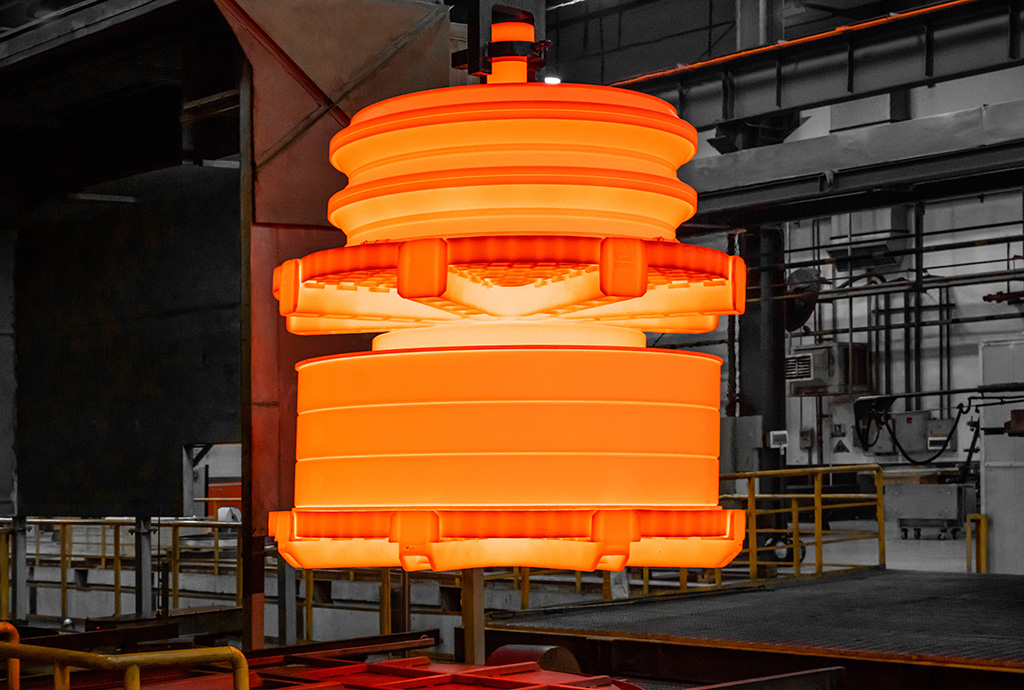
Material science focused on the future
With a strong background in metallurgical expertise, Timken continues to broaden its horizons in support of the company’s growing portfolio, evolving customer needs and speed of innovation.
Timken recently launched hybrid aerospace bearings featuring ceramic rolling elements. Ceramics have unique characteristics that provide great strength at high speeds and lighter-weight alternatives to steel for aviation applications.
The Timken acquisition of GGB recently added polymers to the company’s purview as well, and R&D is getting more involved in material development and selection for products beyond its core bearing portfolio. Timken experts are exploring additive manufacturing to elevate certain performance characteristics in industrial chain products.
Muhlenkamp and Grow agree — as Timken expands its technical capabilities, customer responsiveness remains a focus for keeping pace with future innovation.
According to Muhlenkamp, “it’s all about speed to knowledge. The quicker we get good data, the sooner we can make good decisions.”
“And agility,” added Grow. “We want to be an increasingly agile manufacturing company. And we have the knowledge to do it.”
Timken customer innovation in informed by initiatives carried out in our world-class Timken R&D laboratories. Learn more about the company’s investment in a full range of technical pursuits from modeling and predicting bearing performance to new product testing.
Last Updated: 2024/05/19
Published: 2024/01/9
